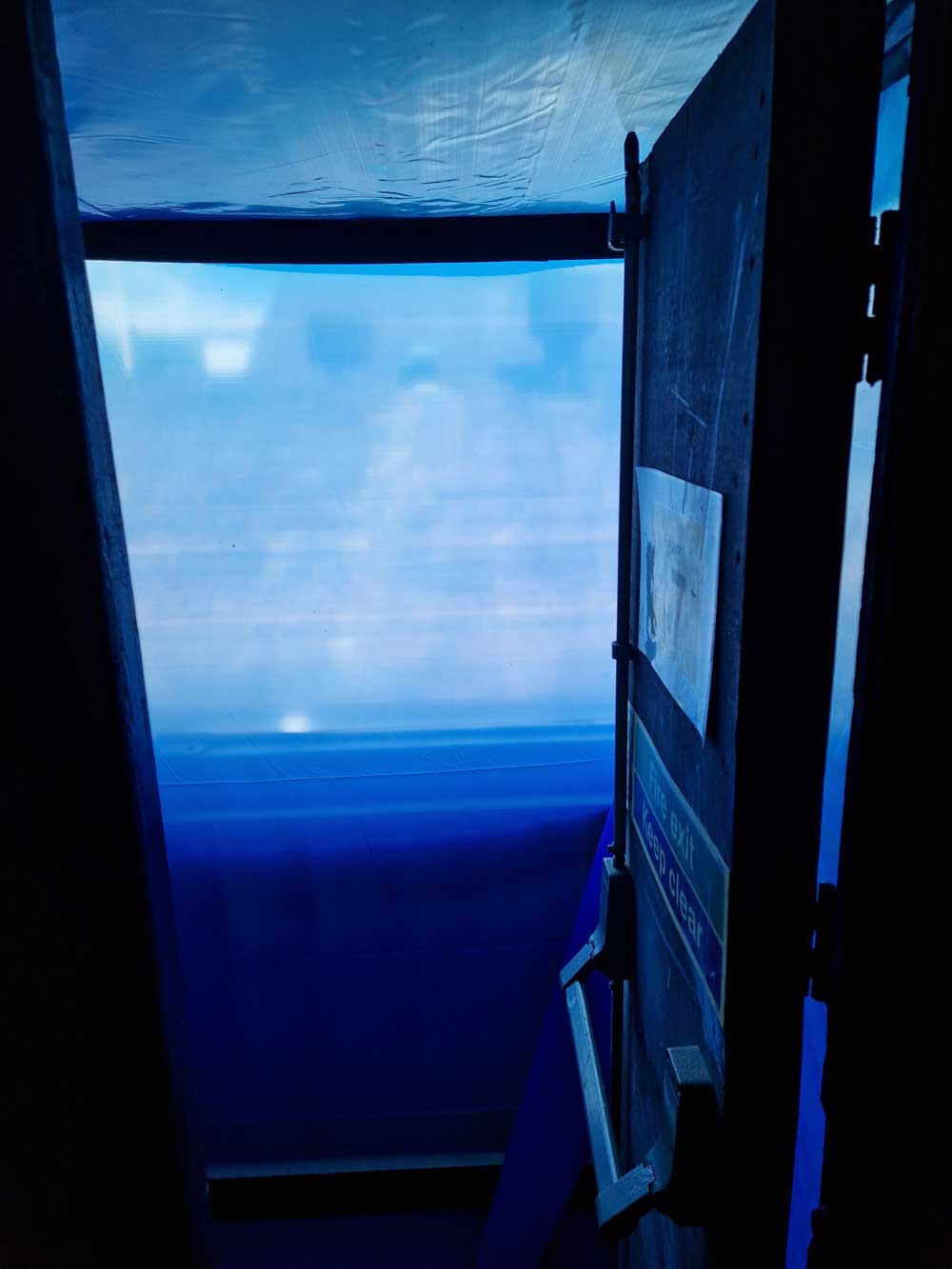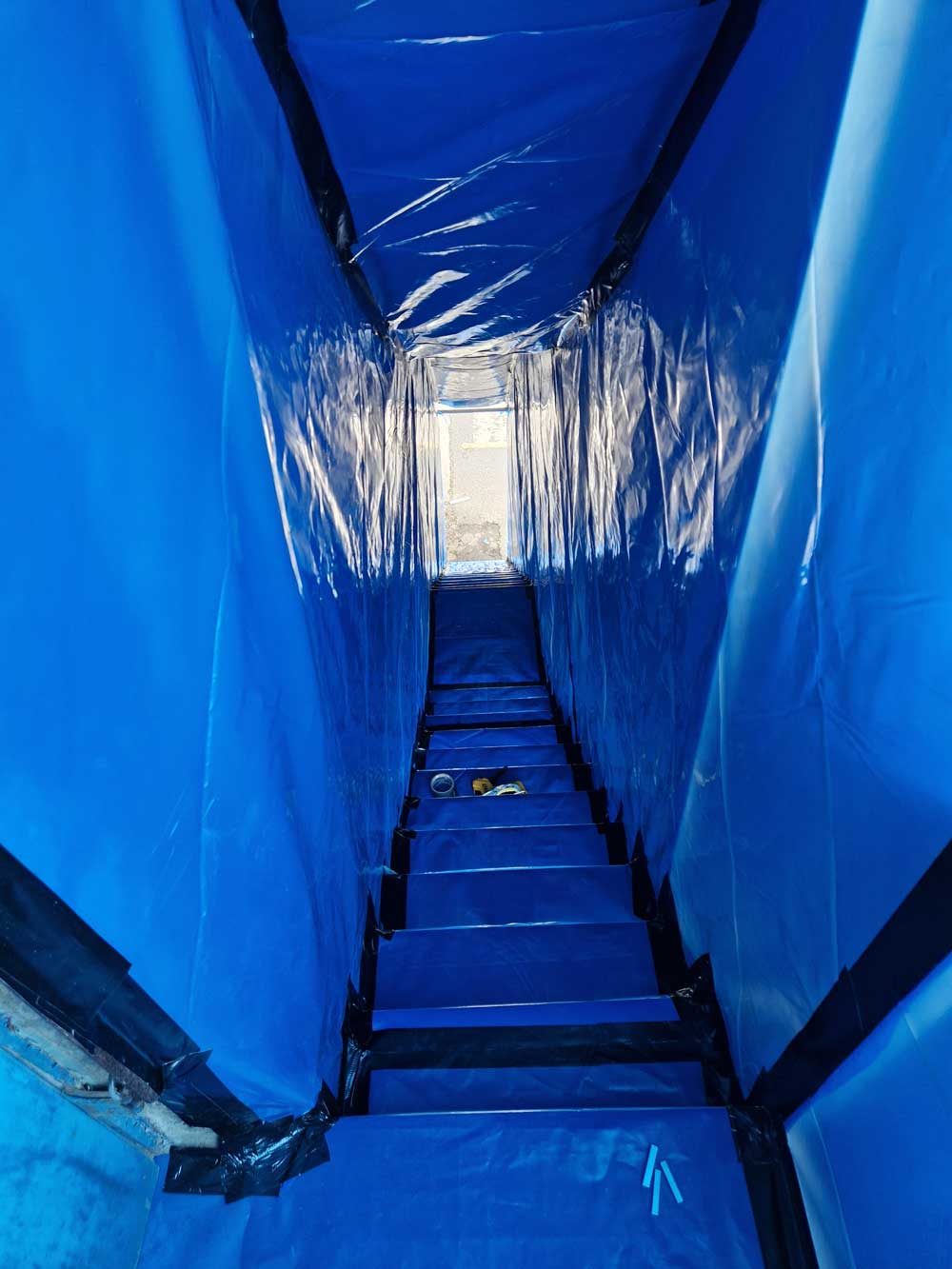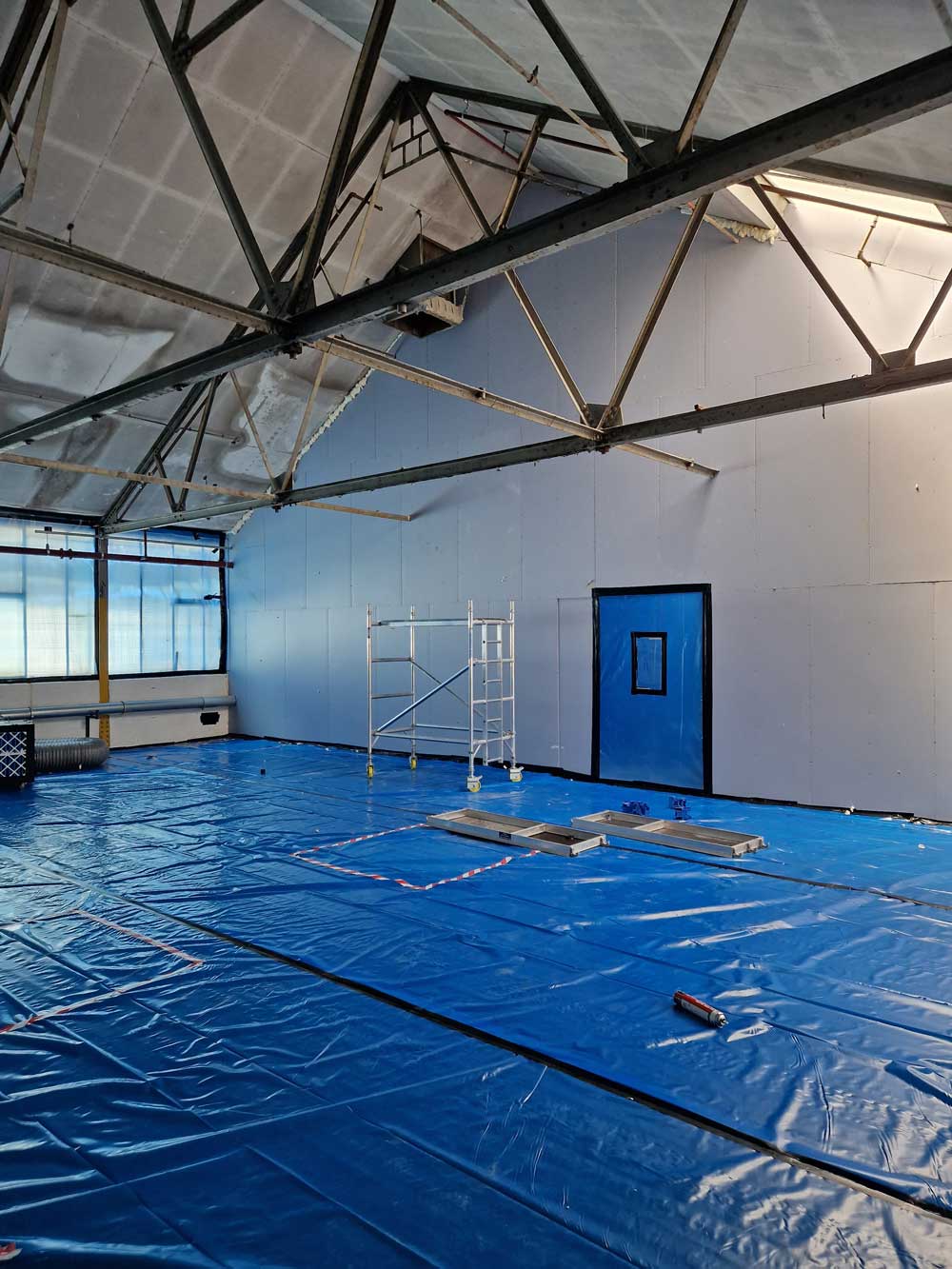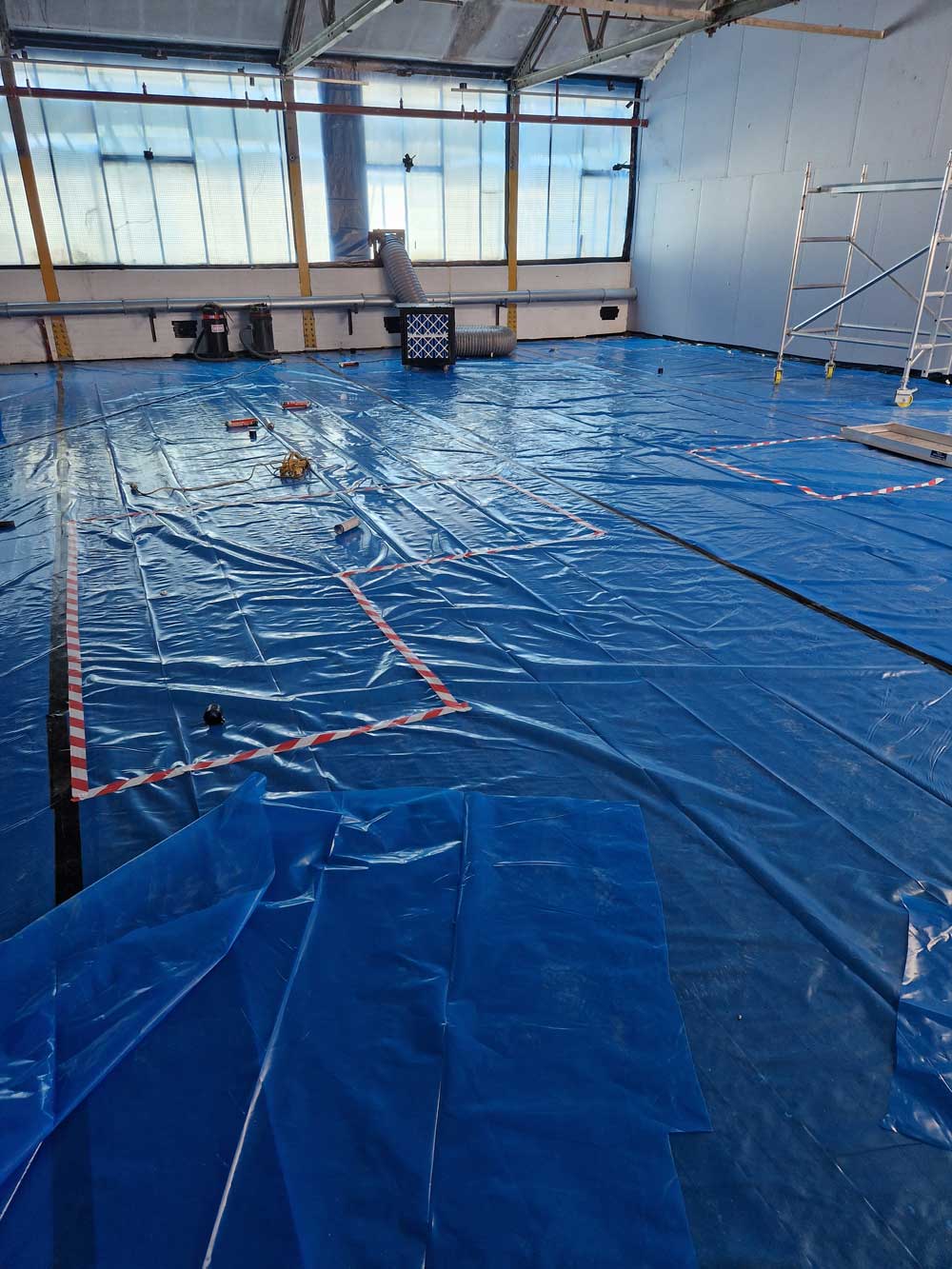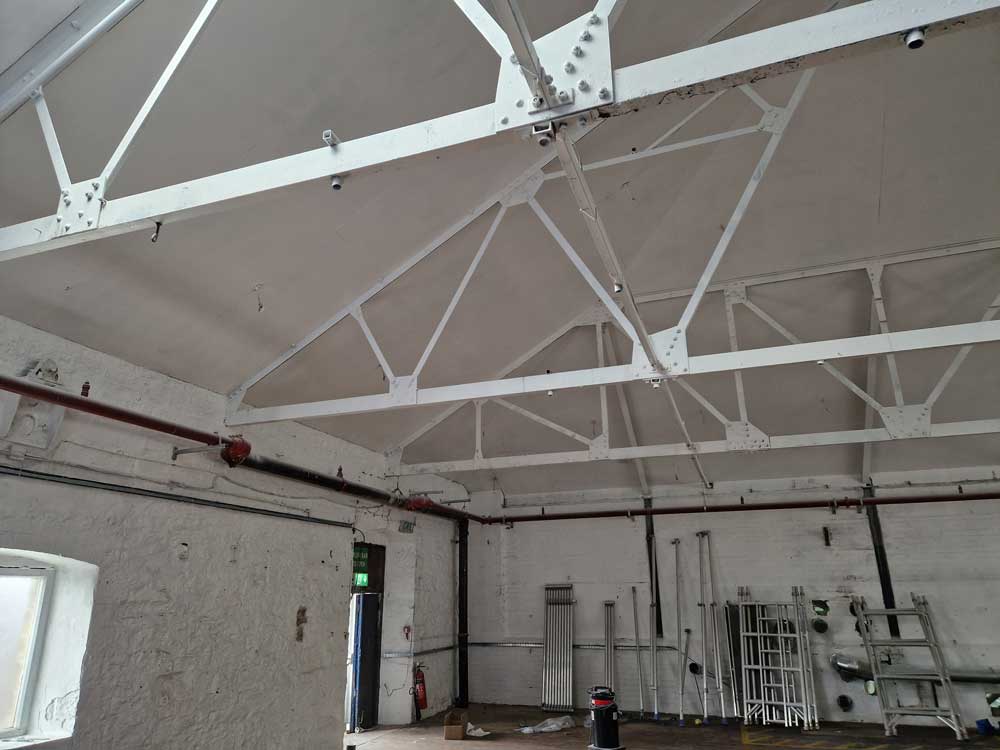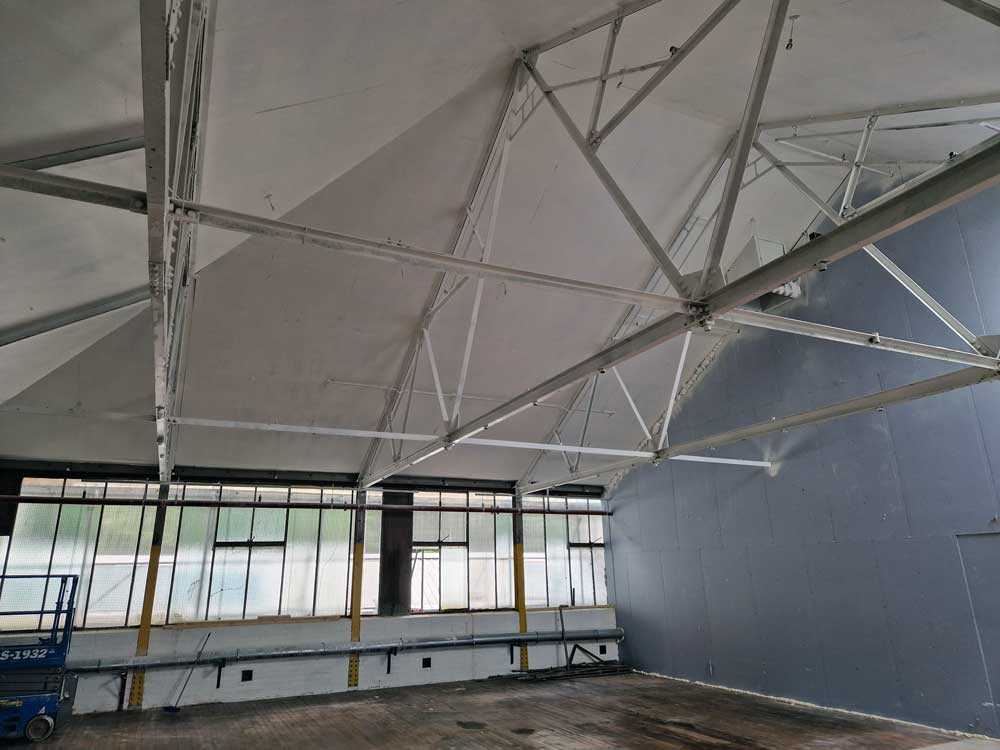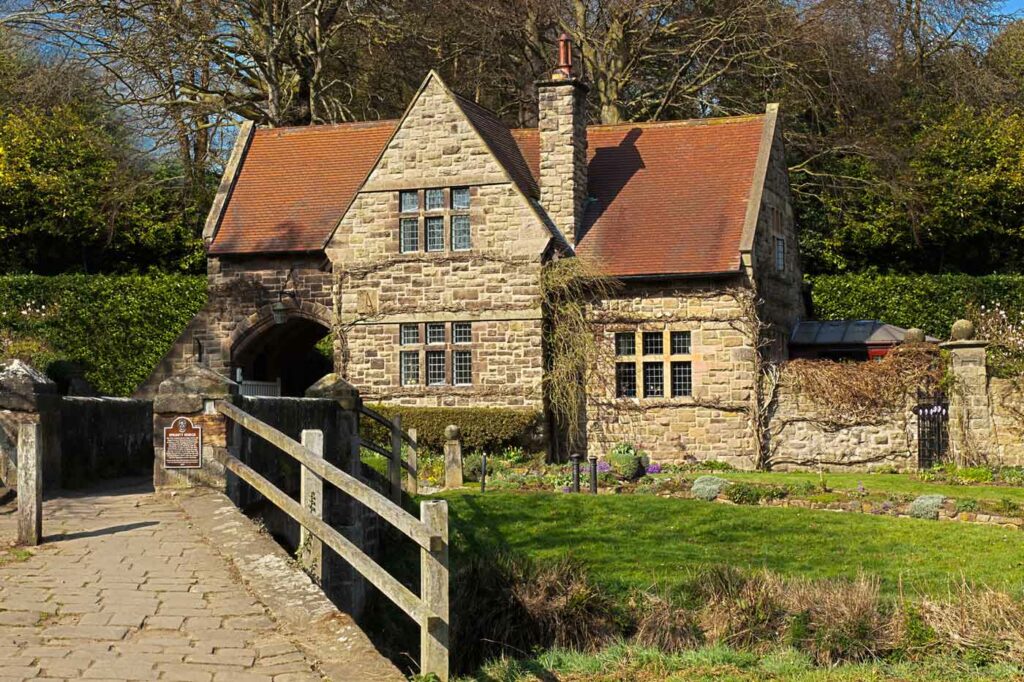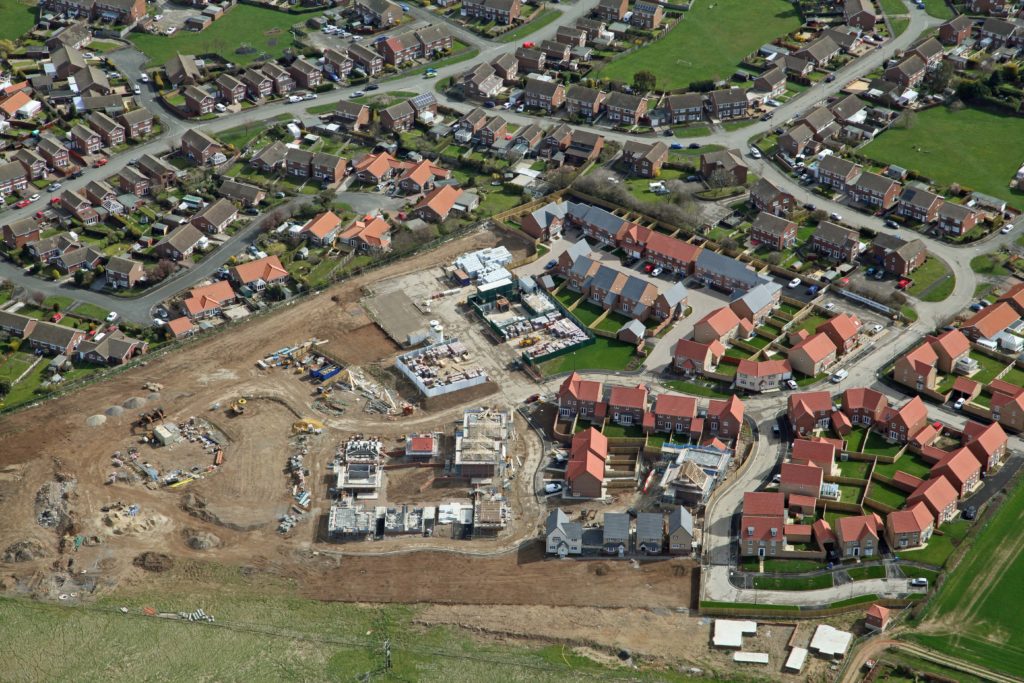Introduction
Background on the Issue of Asbestos Insulation Board in Industrial Settings
Asbestos has a long history of being used as an insulating material, prized for its heat-resistant properties and durability. In the industrial sector, asbestos insulation board (AIB) was commonly used in ceilings, walls, and even floors to provide insulation and fireproofing.
The Promise and Pitfalls of Asbestos
Initially celebrated for its multiple benefits, asbestos became a standard in the industrial sector due to its versatility. It was considered an economical and effective material for insulation and fire resistance. However, the hazardous health effects of asbestos were not immediately recognised.
The Health Implications
As research emerged linking asbestos to various health conditions—including asbestosis, mesothelioma, and lung cancer—industrial settings began facing serious scrutiny. Particles from deteriorating asbestos materials can become airborne, posing a severe health risk to workers and inhabitants of industrial buildings. The fine fibres can be inhaled easily and can lead to long-term medical conditions, some of which may not manifest for decades.
Regulation and Legislation
In the United Kingdom, asbestos-containing materials (ACMs) are regulated under several pieces of legislation, such as the Control of Asbestos Regulations 2012. These laws govern how ACMs, including AIB, are to be handled, encapsulated, or removed. Licensed Asbestos Removal Contractors are often required to manage these materials, ensuring that stringent health and safety protocols are followed.
The Challenge of High Ceilings
Industrial settings, often featuring large, open spaces with high ceilings, present unique challenges for asbestos management. The ceiling height, in this case, 4.5m, can make it difficult and costly to manage AIB safely. Traditional methods, such as scaffolding, not only drive up the project costs but also extend the project timeline, causing operational disruptions.
The Need for Innovative Solutions
Given the health risks associated with asbestos and the specific challenges posed by industrial settings, there’s an increasing need for innovative, cost-effective, and safe methods for managing AIB. Encapsulation presents a promising alternative to removal, particularly in complicated environments like high-ceiling industrial buildings.
The Unique Challenges of a 4.5m High Ceiling
Industrial spaces often come with their set of unique challenges, and a high ceiling is certainly one of them—especially when it comes to managing hazardous materials like asbestos insulation board (AIB). In this specific project, the ceiling height was 4.5m, substantially higher than the typical domestic setting, creating a range of complications:
Accessibility
The sheer height of the ceiling makes it difficult to access the asbestos materials. Traditional methods like scaffolding are often employed but come with their set of challenges, such as setup time, labour costs, and potential disruption to factory operations.
Safety Concerns
Working at height always carries an inherent risk of falls or dropping equipment, which can lead to severe injuries or even fatalities. These risks are exacerbated when dealing with hazardous materials like asbestos, where additional safety measures have to be rigorously followed.
Cost Implications
Erecting scaffolding or using other access equipment for a high-ceiling environment is often expensive. These costs can be prohibitive, particularly for businesses looking to manage their operational expenses tightly.
Time Constraints
Setting up and dismantling scaffolding or similar structures takes time, extending the duration of the project. In a factory setting, time is often equated with production, and any delays can have a cascading effect on output and profitability.
Specialised Equipment and Training
The use of specialised equipment to safely reach and encapsulate the asbestos material at such a height requires both the machinery and personnel to be specifically trained for such environments, adding another layer of complexity to the project.
By navigating these challenges effectively, there is an opportunity to showcase innovative, safe, and cost-effective methods for managing AIB in high-ceiling industrial settings.
Problem Statement
The Dangers of Leaving Asbestos Untreated
Asbestos Insulation Board (AIB) is known for its fire-resistant and insulating properties. However, when these boards begin to deteriorate or are disturbed, they release airborne fibres that pose a severe health risk. Inhaling these fibres can lead to long-term health issues like asbestosis, mesothelioma, and lung cancer. In industrial settings like factories, where workforces are often significant, the untreated AIB not only jeopardises the health of employees but also creates legal and financial liabilities for the business.
Costs Associated with Removal or Encapsulation
One of the most daunting challenges associated with treating AIB is the associated cost. Traditional methods usually involve erecting scaffolding to access high-ceiling areas, as is the case in our 4.5m high industrial building. Scaffolding comes with its own set of expenses, including labour for set-up and dismantling, rental costs for the equipment, and potential delays in other operational activities due to space constraints. Additionally, the actual process of removing or encapsulating the asbestos material is labour-intensive and necessitates specialised safety gear and procedures, further adding to the total cost.
The need for a more cost-effective solution
Given the high costs and operational disruptions associated with traditional methods, there is a pressing need for more cost-effective solutions. High expenses can act as a deterrent for businesses, which may delay necessary asbestos treatment, further exacerbating the health risks and potential legal consequences. Therefore, a method that can achieve the same safety standards at a reduced cost and with minimal operational disruption is of paramount importance.
Proposed Solution
Encapsulation as an Alternative to Removal
Given the complexities and costs associated with the traditional removal of asbestos insulation board (AIB), our team decided to opt for encapsulation as an effective alternative. Encapsulation involves treating the asbestos-containing material with a specialized coating that prevents the release of hazardous fibres, thus neutralizing the immediate health risks without the need for removal. This option is particularly suitable for situations where the AIB is in good condition and where removal would be excessively disruptive or costly.
Advantages of Encapsulation
- Cost-Effective: Encapsulation generally involves fewer material and labour costs compared to removal.
- Less Disruptive: Unlike removal, encapsulation usually does not require the affected area to be stripped down, meaning fewer disruptions to daily operations.
- Quick Implementation: The process is relatively quick, especially when compared to the time needed to set up, execute, and dismantle a removal operation.
- Safety: When performed correctly, encapsulation can be as effective as removal in preventing the release of asbestos fibres into the atmosphere, offering a safe and compliant solution.
Innovative Execution without Scaffolding
Traditionally, encapsulation work at such heights (4.5m in this case) would necessitate the use of scaffolding. However, to reduce costs and project timelines, we leveraged technology by using a low-pressure GRACO paint sprayer fitted with a 3.5m lance. This approach allowed us to execute the encapsulation from the floor level, eliminating the need for scaffolding.
The GRACO paint sprayer’s low-pressure settings ensured minimal overspray, allowing for a precise application of the encapsulation material. The 3.5m lance enabled the team to reach the high-ceiling AIB panels easily, ensuring complete coverage.
By combining the advantages of encapsulation with an innovative, scaffold-free approach, we aimed to provide a safe, compliant, and cost-effective solution for treating AIB in high-ceiling industrial settings.
Methodology
Safety Precautions and Measures
Our foremost concern was ensuring the safety of our team and other occupants of the building. The following safety measures were strictly adhered to:
- Risk Assessment: Prior to the project, a detailed risk assessment was conducted to identify potential hazards associated with the work.
- Safety Gear: All team members were equipped with appropriate personal protective equipment (PPE), including asbestos-specific respirators and disposable overalls.
- Air Monitoring: Air sampling was conducted before, during, and after the encapsulation process to ensure asbestos fibres were not released into the environment.
- Safety Briefings: Daily safety briefings were conducted to remind the team of safety protocols.
Tools, Technology, or Equipment Used
- GRACO Paint Sprayer: A low-pressure GRACO paint sprayer equipped with a 3.5m lance was used to apply the encapsulation material.
- Air Sampling Equipment: Specialised equipment for monitoring asbestos fibre levels in the air.
- PPE Gear: High-quality asbestos-specific respirators and disposable overalls.
Steps Taken in Carrying Out the Encapsulation
- Preparation: The work area was cordoned off, and air sampling equipment set up.
- Application: Using the GRACO paint sprayer, the encapsulation material was carefully applied to the AIB ceiling panels. The 3.5m lance allowed for precise, full-coverage application without the need for scaffolding.
- Inspection: Post-application, the encapsulation was inspected for any missed areas or imperfections, and touch-ups were performed as needed.
- Air Monitoring: Final air sampling was conducted to ensure that the encapsulation process had not released any hazardous fibres.
- Documentation: All steps were documented for compliance and future reference.
Permits and Licences Required
Operating under a 3-year HSE License, Waste Carriers License, and with ACAD Membership, our team ensured full compliance with UK regulations governing asbestos management. These licenses and memberships not only validate our capability but also impose rigorous standards that we are committed to upholding.
Permits for the project were acquired in accordance with local and national regulations, and each was utilised to ensure a legally compliant, safe, and effective encapsulation process.
Results
Success of Encapsulation
We are pleased to report that the encapsulation process was executed successfully without any incidents. Our innovative approach, leveraging a low-pressure GRACO paint sprayer equipped with a 3.5m lance, allowed us to apply the encapsulating material uniformly over the high-ceiling AIB panels. Post-application inspections showed no missed areas or imperfections, confirming the effectiveness of our method.
Cost Savings Achieved
One of the primary objectives of this project was to keep costs down by avoiding the use of scaffolding. We successfully met this objective, with total project costs coming in significantly lower than traditional methods. The elimination of scaffolding alone accounted for an estimated 40% reduction in the overall budget, validating our approach as not only effective but also cost-efficient.
Observations, Measurements, or Tests
To confirm the safety and effectiveness of the encapsulation, the following measures were implemented:
- Air Sampling: Air sampling tests were conducted before, during, and after the encapsulation process. All tests showed that asbestos fibre levels remained well below regulatory limits, confirming that the encapsulation did not release hazardous fibres into the environment.
- Visual Inspection: Post-encapsulation, a thorough visual inspection was carried out to ensure complete and uniform coverage of the encapsulating material.
- Compliance Auditing: All steps of the process were documented in real-time and subsequently audited to ensure full compliance with our 3-year HSE License, Waste Carriers License, and ACAD Membership standards.
By meeting our project objectives and adhering to rigorous safety and compliance standards, we have set a new precedent for managing AIB in high-ceiling industrial settings. This project serves as a case study in innovative, safe, and cost-effective asbestos management.
Discussion
Key Takeaways
- Innovation Works: The successful implementation of our novel, scaffold-free approach underscores the value of innovation in asbestos management. The use of a low-pressure GRACO paint sprayer with a 3.5m lance proved to be a viable, safe, and efficient alternative to traditional methods.
- Cost-Effectiveness: The project clearly demonstrated that it is possible to achieve significant cost savings without compromising safety or effectiveness. The estimated 40% reduction in costs primarily attributed to eliminating scaffolding expenses is a noteworthy result.
- Safety and Compliance: Our project confirmed that strict safety protocols and compliance with regulatory licenses can be maintained even when employing non-traditional methods.
Challenges and Unexpected Occurrences
While the project was largely successful, we did encounter some minor challenges:
- Adaptation to New Equipment: The team required some time to adapt to the GRACO paint sprayer and the 3.5m lance, as it was a departure from our conventional tools.
- Initial Overspray: The first few applications resulted in minor overspray, but quick adjustments to the equipment settings resolved the issue.
These challenges were met through prompt action and did not significantly impact the project timeline or outcomes.
Limitations and Recommendations for Future Projects
- Scope of Application: While our scaffold-free approach was effective for this specific case, its applicability may be limited to settings where AIB is in good condition and not friable. For more deteriorated materials, alternative methods may still be necessary.
- Specialized Training: Future projects might benefit from prior training sessions for team members to become more adept at using the new equipment, reducing the adaptation time.
- Expand Air Sampling: Future projects could include additional post-project air sampling to monitor long-term safety more comprehensively.
By reflecting on these elements, we can better prepare for future projects and continue to improve our methodologies for asbestos management in high-ceiling industrial environments.
Conclusion
Summary of Problem, Solution, and Results
The project aimed to address the pressing issue of untreated asbestos insulation board (AIB) in a high-ceiling industrial setting, where traditional methods involving scaffolding would have been prohibitively expensive and disruptive. Our innovative solution employed encapsulation as an alternative to removal, using a low-pressure GRACO paint sprayer fitted with a 3.5m lance to apply the encapsulating material from the ground. This approach eliminated the need for scaffolding and significantly reduced costs.
The results were overwhelmingly positive. The encapsulation process was successfully executed, achieving complete and uniform coverage of the AIB ceiling panels. Importantly, air sampling tests confirmed that our method did not release hazardous asbestos fibres into the environment. Furthermore, we achieved an estimated 40% reduction in project costs compared to traditional methods, primarily due to the elimination of scaffolding expenses.
Confirmation of Objective Met
The objective to carry out encapsulation of high-level asbestos insulation board ceiling panels without the use of scaffolding and to keep costs low was successfully met. By leveraging technology and employing innovative methods, we managed to adhere to safety and regulatory standards while achieving significant cost savings. This project serves as a valuable case study, illustrating that effective, safe, and compliant asbestos management can be achieved in a more cost-efficient manner.


